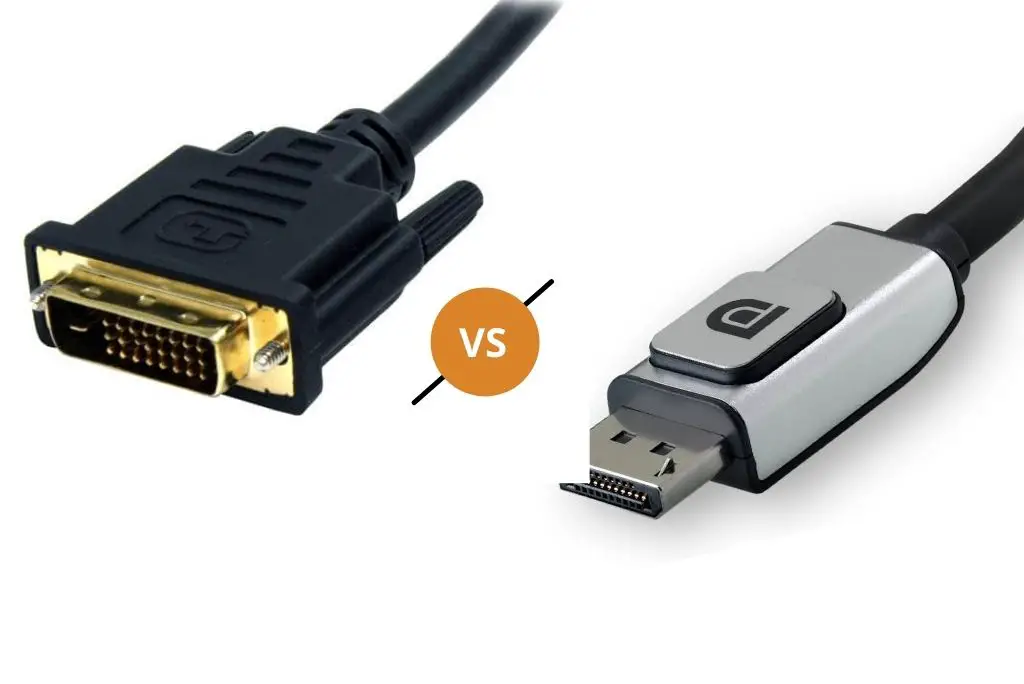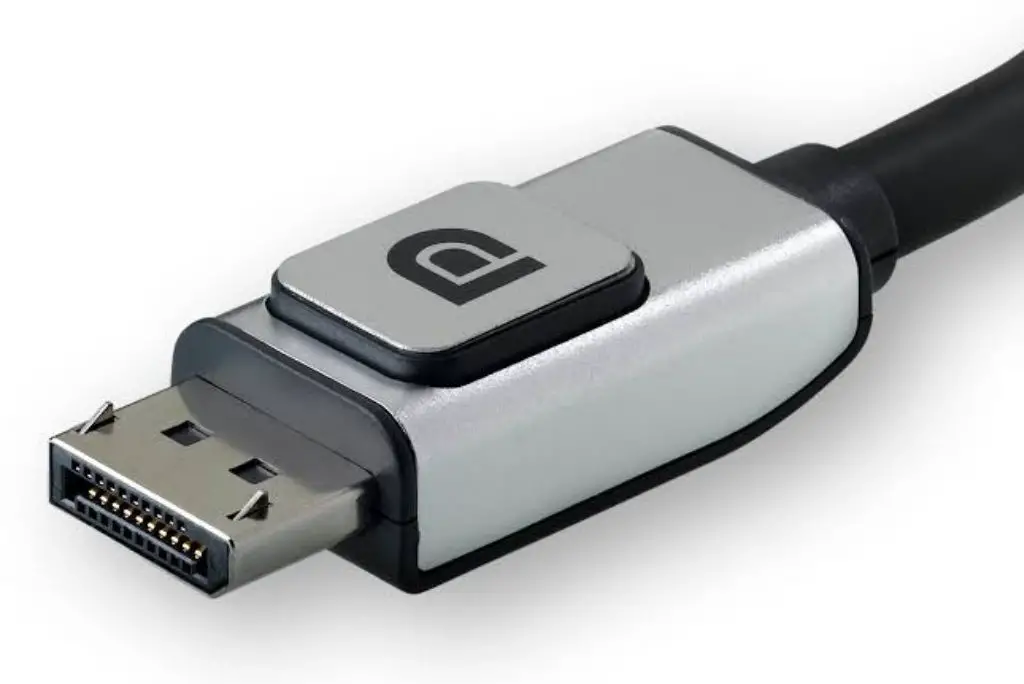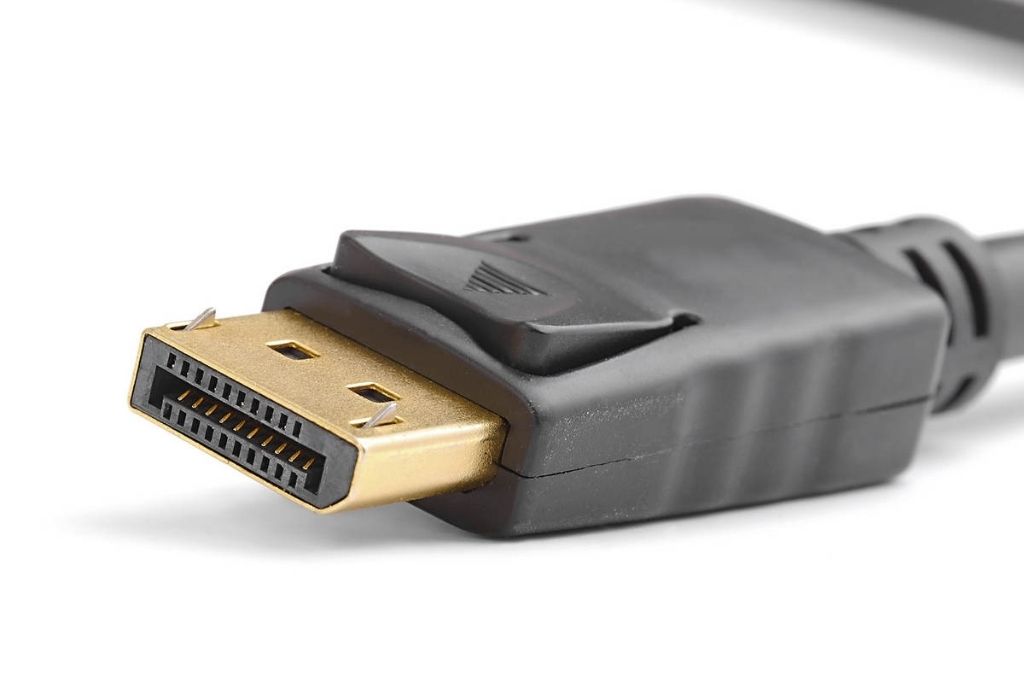DisplayPort is an interface that is specifically used for connecting a source of video and resulting in a good display on your device like monitors and projectors. The best part is it also carries audio and other forms of data.
DVI is the older version of the video source connector. DVI lacks behind DisplayPort because of its ability to connect to video but not audio. It is much heavier in size and cannot support a 4K display.
To know more about both the interfaces and their basic comparisons, you must kindly go through the article. This will clarify all your doubts about which one to go for.
Display Resolution
DisplayPort
DisplayPort was specifically designed for the use of computer monitors. It is one of the highly powerful cables and it is a cable, supporting top-quality resolution with up to 8K quality display.
DisplayPort 1.2 is capable of supporting video resolution of up to 3840 x 2160 pixels, at a refresh rate of 60 Hz.
Currently, the latest launch monitors consist of both DisplayPort as well as HDMI, but the high-end monitors will only contain DisplayPort due to the best video quality. You can also learn How a DisplayPort works.
DVI
DVI is a Digital Visual Interface, and it is the older type of connector used for video connection. DVI is similar to DisplayPort in terms of video support but there is no audio supported.
This interface is heavier in size and is not capable of supporting a 4K display compared to DisplayPort.
DVI is capable of supporting a VGA display which provides a maximum resolution of 640×480 with a 60Hz refresh rate. A DVI connector has the feature of boosting the resolution up to 1920×1200 pixels for a solo-format or 2560×1600 quality resolution for dual-link format.
Compatibility
DisplayPort
DisplayPort is compatible in nature and lasts for a very long time. It adds up to many features and is used by gamers and video streamers as it adds up to high display quality.
DisplayPort also has its mini standard version known as the mini-DisplayPort and it is used for electronics and small household devices. This smaller version was originated by Apple and is common for devices like MacBooks.
The Mini DisplayPort cable also has an upgraded version called Thunderbolt. But this port is not as compatible compared to the older versions.
Thunderbolt is only capable of using Apple devices and will not work for other devices because Apple does not share proprietary rights with other companies. You can read more about the difference between Thunderbolt and DisplayPort.
This port is the format of a computer connector. In the case of television, you must not expect a DisplayPort as there is only one television that supports Displayport.
If you have DisplayPort 1.2 and a multi-streaming feature, the port will hold the capacity to support 3840×2 quality resolution up to 160-pixel at 60fps. The price variation for this port is pretty much similar to the other ports like HDMI.
DVI
There are different versions of DVI and it is more complicated to use by normal users.
The categories of DVI consist of single-link and dual-link. For this category, you must surely prefer the dual-link as it uses more pins in the connector and allows a high video resolution display on your screen.
DVI-I is an integrated interface that is capable of supporting analogue and digital signals. DVI-D is a digital interface and is adaptable to support the latest digital formats but its resolution display is limited.
DVI-A is an analogue interface and is specifically used for adapting to VGA and the oldest formats of video resolution.
Conclusion:
Hereby, you can clearly understand which is the more adaptable and compatible interface between DisplayPort and DVI.
Thus it’s recommended that it’s upon your choice which one to have but if you are dealing with nowadays generation, you should always go for DisplayPort as it contains much-upgraded features at a very affordable price range.



